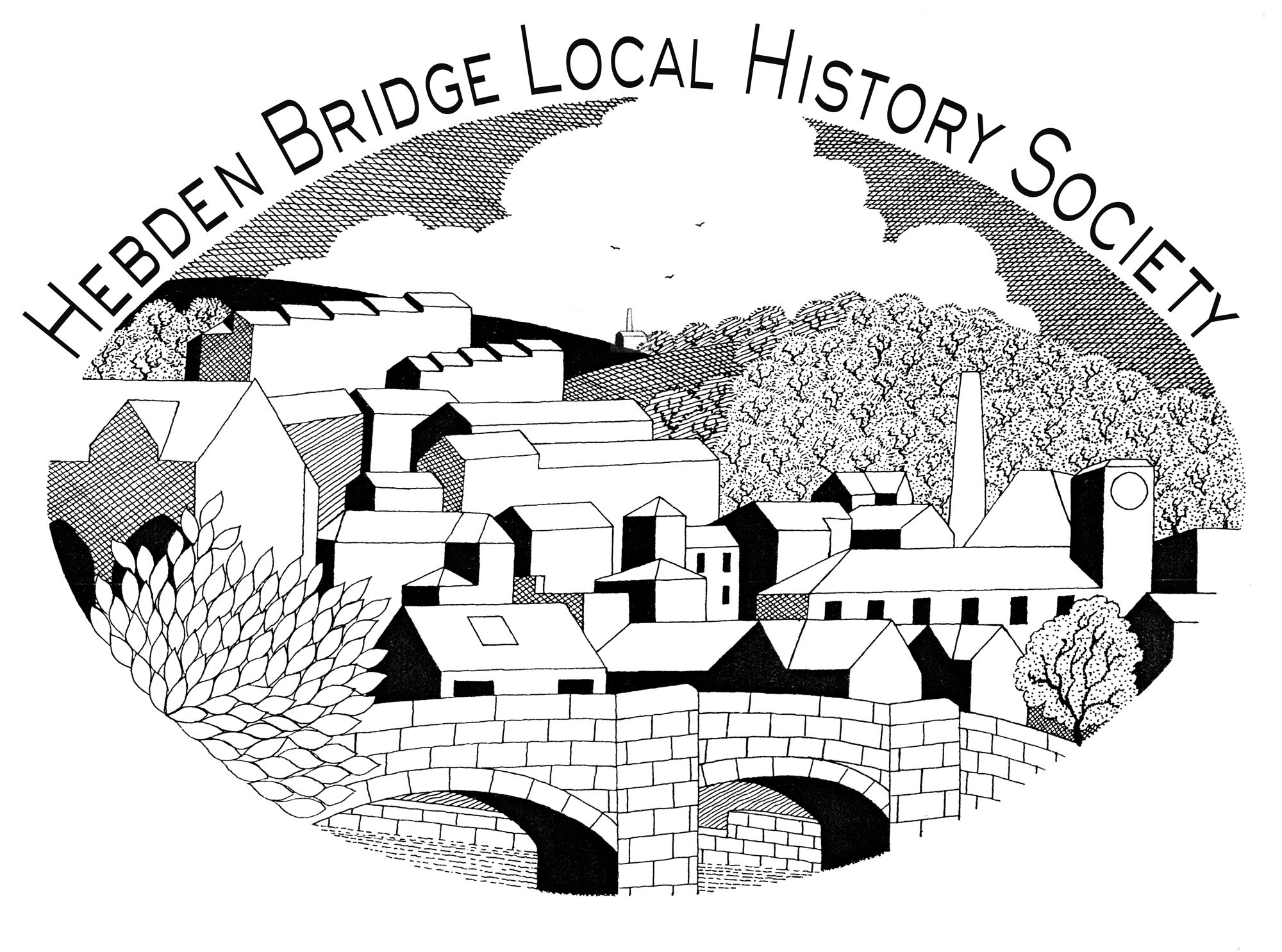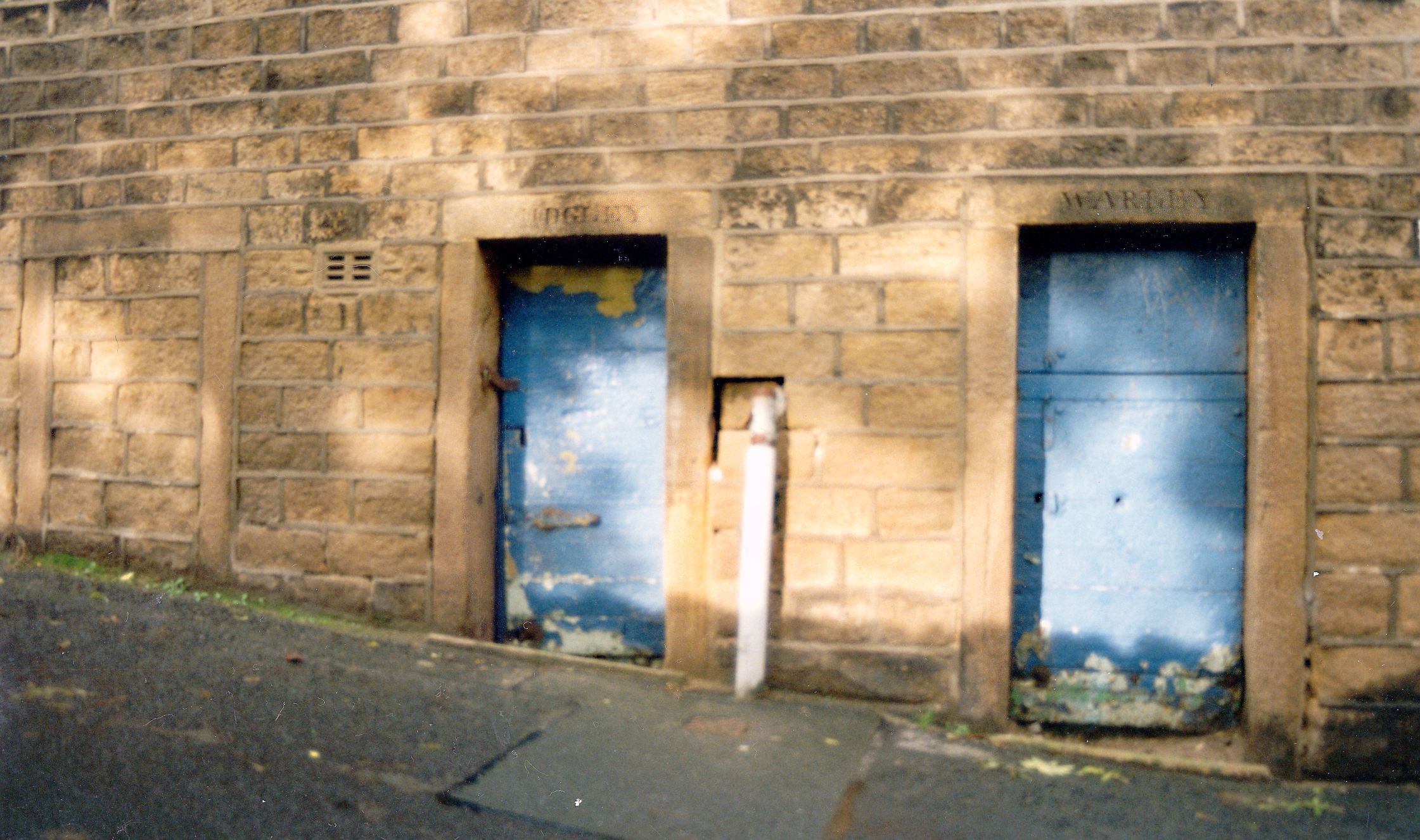As Calderdale celebrates its 50th anniversary, David Cant spoke to Hebden Bridge Local History Society about how the government of the area was organised in the past. The townships were very long-lasting administrative areas, pre-dating the Norman conquest and still in operation in the 19th century. We might think our ancestors lived in simpler times, but their lives were governed by a hierarchy of different institutions such as the Manor, the County, the Wapentake and the Parish. But the everyday exercise of rules to promote order filtered down to the townships.
The ancient parish of Halifax was very large, and was subdivided into about 23 townships. There was a degree of democracy and accountability, as the principal landowners of a township would meet regularly and selected the Constable, the Churchwarden, the Overseer of the Poor and the Surveyor of Highways.
The work of the township was financed by a local rate collected at so much in the pound of the assessed annual value of the property. A percentage went out of the township to the Church, and the Constable’s rate went towards the administration of justice. Within the township the Highway rate funded the roads, but the Poor Rate was by far the largest demand on the township’s finances. Each township was responsible for providing for any poor person who could prove that they had settled status there.
Having survived for so long, why did the townships lose their significance? One reason is that when towns like Hebden Bridge and Todmorden expanded in the nineteenth century the old geographical boundaries of rivers, valleys and hills were no longer relevant. Also the evolution from township to council was accelerated by the crisis of poverty. In 1834 the national attempt to deal with this through new Poor Laws created larger Unions, encompassing several townships, to administer relief to the poor. The provision of ‘outdoor’ relief was prohibited, and all who claimed relief were to be admitted into a workhouse built for the purpose. The new Unions were run by an elected Board of Guardians, and eventually these were joined by Boards of Health and School Boards as the provision of wider services to the population were needed. Responsibility for enforcing the law also moved away from the township Constable to the County level, with national standards. By the end of the 19th century a new system of Borough, Urban and Rural District Councils swept away the townships completely.
But there is still physical evidence. In Midgley there is a township pinfold where straying sheep and cattle could be held, and township lock-ups to deal with miscreants are still visible in Luddenden. There are the finger posts and milestones that marked the major routes, and bridges maintained by the townships. For historians one of the bonuses of a bureaucratic system is that it generates paper work: accounts, reports, public notices and court records. Where township records have survived they can provide fascinating insights into people's lives.

